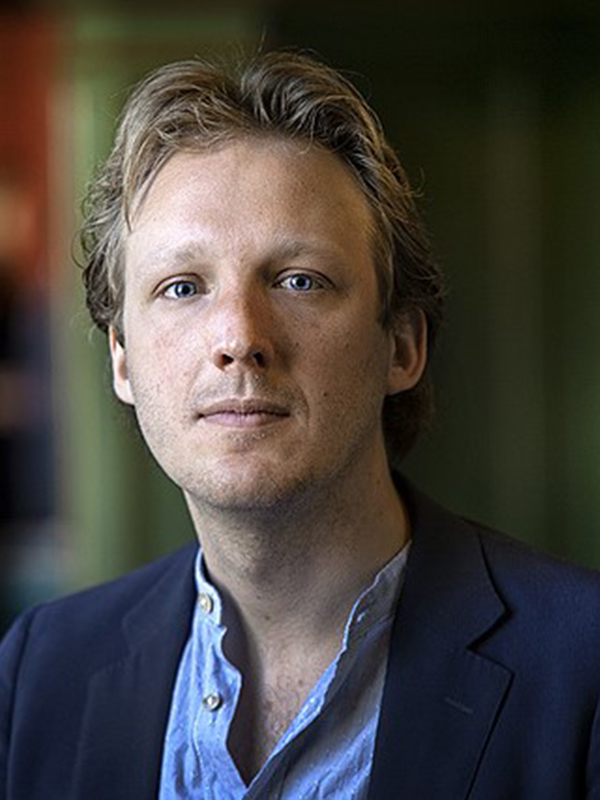
Lennart Kruijer is an archaeologist interested in the impact of globalisation processes and empire dynamics in Northern-Syria during the Hellenistic and Early-Roman period (ca. 3rd c. BCE-2nd c CE), particularly focusing on the kingdom of Commagene (the modern region of Adıyaman). In his dissertation, he developed a New Materialist approach to understanding socio-cultural change in the kingdom’s capital Samosata, providing a fresh, more-then-representational ‘assemblage perspective’ on the persistent notion of ‘Hellenism in the East’. His current project examines the relations between the 1st c. BCE tomb-sanctuary of Arsameia-on-the-Nymphaios and its surrounding territory of the Kahta Çayı valley in northern Commagene. The main goal is to arrive at a better understanding of the local embeddedness of the highly innovative Commagenean ruler cult, investigating the ways in which the surrounding landscape accommodated this ‘cosmopolitan’ cult site and how, in return, it was impacted by it. It does so by means of a critical analysis of materials from the Dörner Archive (Forschungsstelle Asia Minor), a corpus of so-far unpublished legacy data resulting from excavations and field surveys conducted by F.K. Dörner in and around the tomb-sanctuary. By unlocking this invaluable source of legacy data, for the first time questions can be investigated concerning the degree of trans-regional integration of the rural landscape around the sanctuary in the 3rd c. BCE-2nd c. CE. In doing so, this research uniquely attempts to place the Commagenean ruler cult in a wider social context than the largely royal and elite lenses through which it has traditionally been regarded. As such, the project will contribute to a better understanding of the ways that Hellenistic-period globalization processes and their often cosmopolitan outcomes impacted the dynamics between dynastic (cult) sites and their surroundings in Anatolia and beyond.

